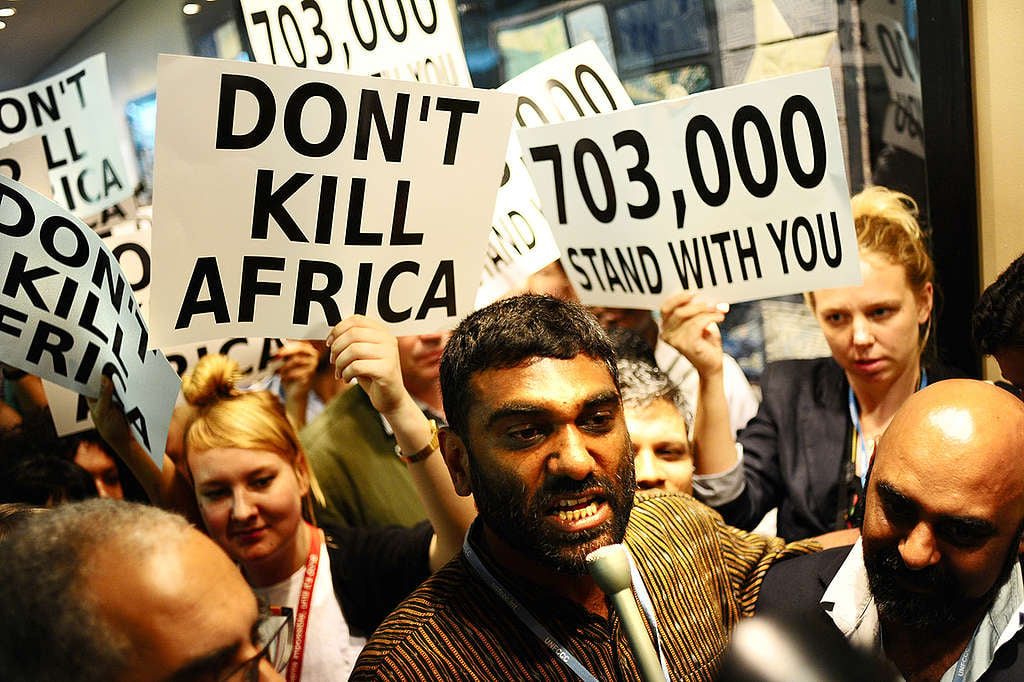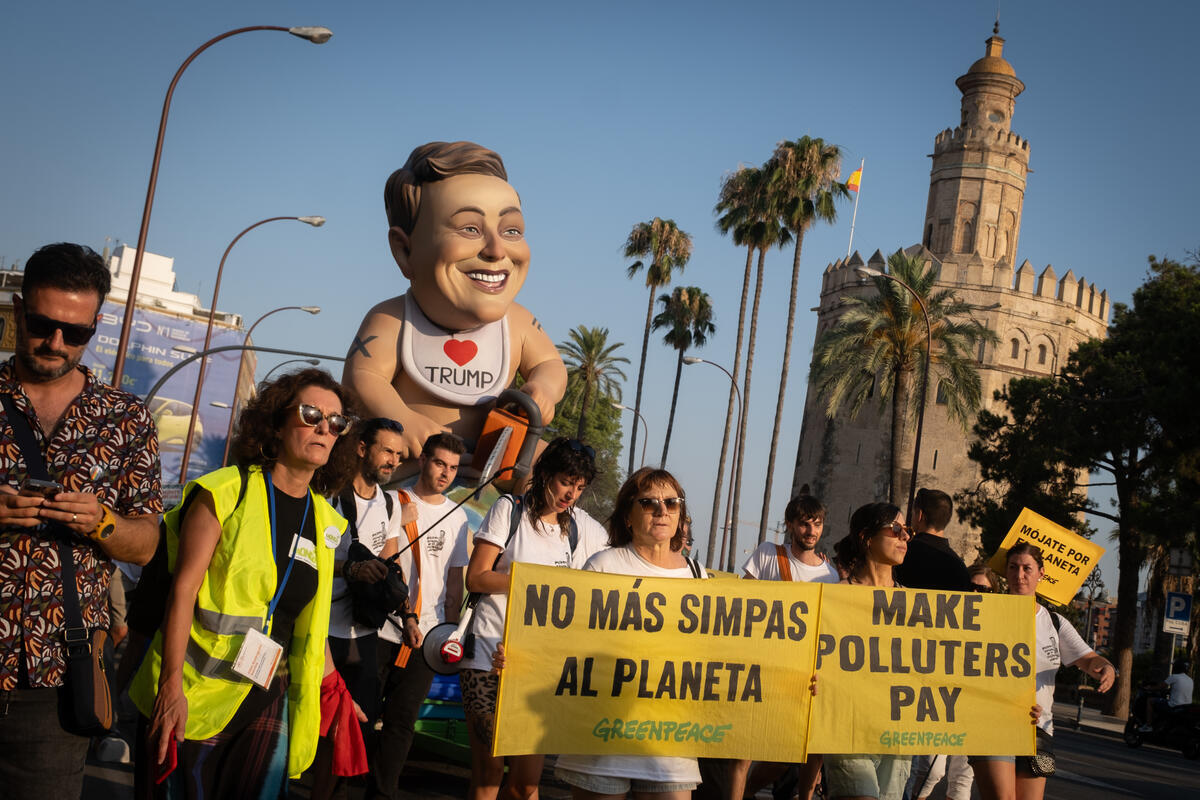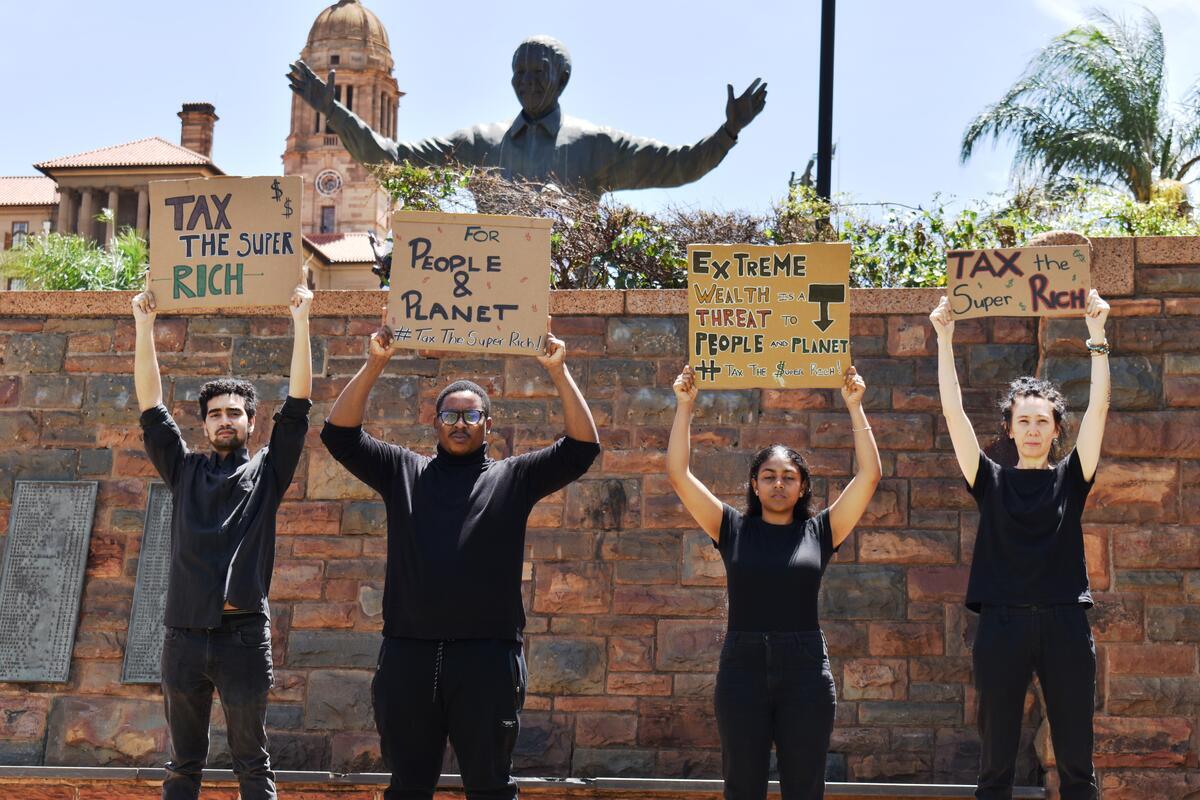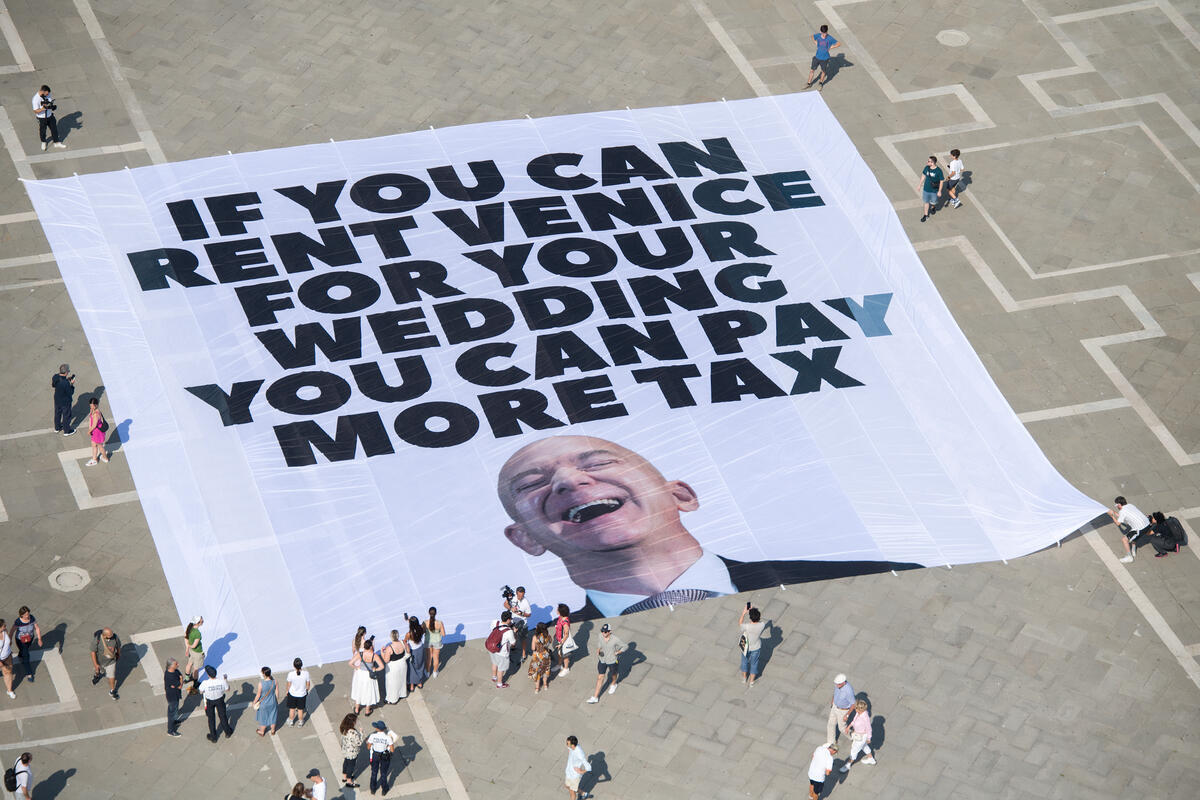Statistics South Africa (StatsSA) recently released official statistics for unemployment since the national lockdown decimated South Africa, leading to a cumulative 16.4% contraction of the economy. Concerns about the impact of COVID-19 on employment were confirmed with the disheartening reality that the unemployment rate had climbed to a record high of 32.5% from 28.9% in 2019. The unemployment rate is the highest recorded since 2008. Youth unemployment has reached a seemingly insurmountable 61.3%, and discouraged work-seekers are up by 9.1%.
A focus on immediate and quickly-implemented successes, such as investments in the renewable energy sector, serve as a potential vehicle for revitalising the economy. The reality of South Africa’s unemployment crisis is shocking, the mounting youth unemployment rate particularly so, yet the country has recorded a marked decline in infrastructure investment for the third consecutive year. To effectively achieve equitable turn-around of the economy, the government needs to prioritise absorption of the youth in the workforce by scaling up infrastructure projects that create employment in urban areas. The renewable energy sector is the clear no-brainer solution.
The difficulties and barriers to a renewable energy future seem insurmountable. Public infrastructure investment has continued to fall short of what is necessary for economic recovery since 2016. Public infrastructure investment declined from R251 billion in 2018 to R231 billion in 2019. South Africa’s capital expenditure to gross domestic product (GDP) ratio has fallen to 13%, while our counterparts Nigeria and Angola recorded a ratio of 25.4% and 21.5%, respectively. A survey conducted by the Organisation of Economic Co-operation and Development (OECD) shows that the decline in public infrastructure investment has contributed to a decrease in private investment, thus improved product market regulation policies and increased market competition could improve South Africa’s growth overall.
Eskom’s electricity demand has fallen by 0,4% per annum for the past decade; this decrease is attributed to increased uptake of renewable energy by domestic users seeking independency from the unreliable state utility. Eskom is desperate to recuperate this loss in income by imposing tariffs on these households. South Africa has yet to exhaust its renewable energy potential; Yet public actors such as the Department of Mineral Resources and Eskom continue to stifle the growth of renewables by creating regulatory hurdles with electricity generation licences, which allow for Eskoms’s monopoly to thrive. Green jobs in the renewables sector have the potential to create decent jobs, with relatively immediate remedial effects on our ailing economy.
Further, Eskom has infamously delayed necessary maintenance and upgrades for over two decades, compounded with its continued reliance on an outdated coal combustion-driven business model that has contributed to the energy crisis. Renewable energy has proved to be resilient amid the COVID-19 pandemic. According to research released by CSIR, renewable energy share in South Africa has grown to surpass nuclear energy, contributing 10.5% to system demand.
Eskom was responsible for an R15 billion reduction in capital expenditure, owing to budget constraints. The South African government has positioned job creation at the centre of its economic recovery plan, committing to creating 800,000 jobs, and endeavours to do this by removing environmental regulatory mechanisms, which are perceived as barriers to economic growth and by procuring major infrastructure projects.
Among the 50 strategic integrated projects and 12 special projects identified by the Minister of Public Infrastructure, the proposed development of energy, water and sanitation, human settlements, agriculture and transportation valued R340 billion could prove to provide the immediate job creation potential while simultaneously providing socio-economic benefits to South Africans, especially if these projects make use of emerging technology geared towards climate action.
Despite these overwhelming odds, South Africa can still write a new story for recovery. Government needs to focus on projects that offer immediate solutions to economic recovery, such as building capacity across the renewable energy value chain and removing barriers to the procurement of renewable energy. South Africa’s existing Concentrated Solar Thermal Power (CSP) capacity sits at 300 MW, and expansion in this regard is doubtful as the 2019 Integrated Energy Plan (IEP) does not allocate capacity for Concentrated Solar Thermal Power technology before 2030. Prioritising Distributed Renewable Energy Access (DREA) has proven to be a significant employer in emerging economies and has far-reaching impacts on social, environmental and economic conditions. Investment in mini-grid start-ups globally more than doubled to an astounding $113 billion. DREA accounted for some 95 000 formal jobs in India, and 10 000 in Kenya. The cumulative impact of these small projects could grant South Africa the necessary revival the economy requires. In the absence of these initiatives to bolster investor confidence, the government’s ambitions to attract R1.2 trillion investment by 2023 will remain unattainable.
There has been significant progress on the legislative front with NERSA’s concurrence with the ministerial determination, allowing for municipalities to procure additional electricity capacity. This long-awaited decision will facilitate private investment and spur the creation of more employment opportunities. An emerging renewable energy sector is likely to provide higher returns, significantly increase investment, and has the potential to provide meaningful and decent employment for the youth desperate to join the workforce.




